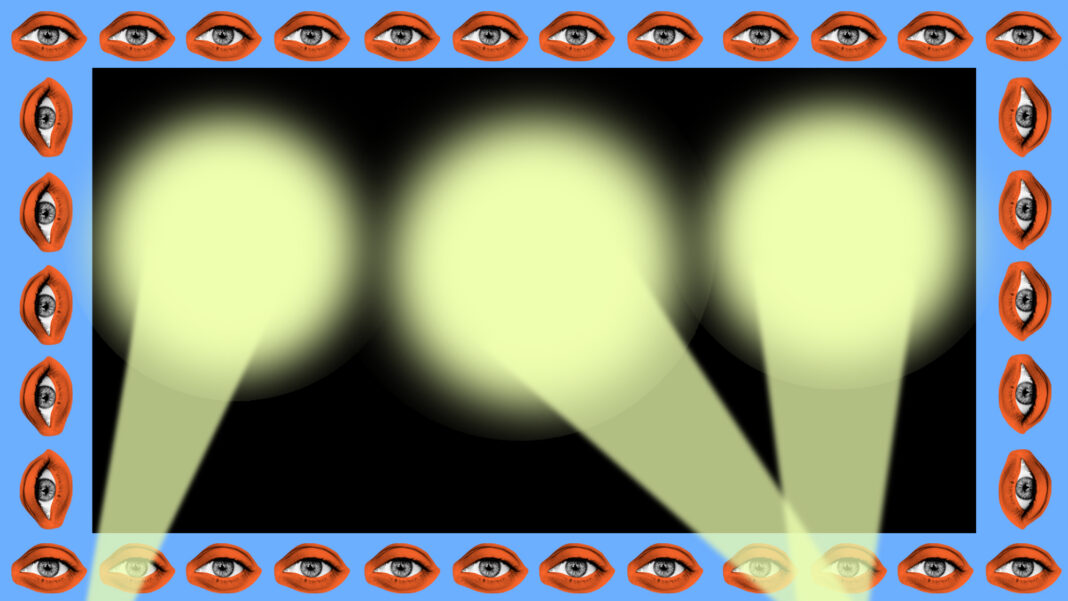How does the visual rabbit illusion fool us so reliably?
Optical illusions have always fascinated and intrigued us. These images can deceive our brains into perceiving something that isn’t actually there. One of the most popular and intriguing illusions is the visual rabbit illusion. This illusion tricks our brains into seeing a rabbit when in reality, there is no actual rabbit present. So, how does this illusion work? And why does it fool us so reliably?
Understanding the visual rabbit illusion
The visual rabbit illusion is a type of ambiguous image, where our brain struggles to interpret what it is seeing. In this particular illusion, the image consists of seemingly random black-and-white shapes arranged in such a way that they create the impression of a rabbit. However, upon closer inspection, it becomes clear that there is no actual rabbit depicted in the image.
What makes this illusion so effective is the brain’s tendency to fill in missing information and make assumptions based on previous experiences. When we encounter an ambiguous image like the visual rabbit illusion, our brain quickly tries to make sense of it by interpreting it as something familiar, like a rabbit. This is why we see a rabbit even though there isn’t one present in the image.
The role of perception
Perception plays a crucial role in how optical illusions like the visual rabbit illusion fool us. Our perception is influenced by a combination of sensory information and prior knowledge. When we look at the visual rabbit illusion, our visual system is trying to make sense of the image based on the information it receives from our eyes.
Our brains rely on past experiences and patterns to interpret visual stimuli. In the case of the visual rabbit illusion, our brain is drawing on our knowledge of what a rabbit looks like and using that information to fill in the gaps in the image. This process happens automatically and can happen in a matter of milliseconds, which is why the illusion is so effective at fooling us.
Why we are so easily fooled
The visual rabbit illusion is able to fool us so reliably because of the way our brains process visual information. Our brains are wired to make quick decisions and fill in missing information to make sense of the world around us. In the case of the illusion, our brain’s need for closure and interpretation causes us to see a rabbit where there is none.
Additionally, our brains are constantly trying to make sense of the visual stimuli we encounter. This means that we are predisposed to seeing patterns and shapes, even when they may not actually be there. The visual rabbit illusion takes advantage of this natural tendency and tricks our brains into seeing something that isn’t actually present.
Conclusion
The visual rabbit illusion is a fascinating example of how our brains can be easily deceived by optical illusions. By playing on our brain’s need for closure and interpretation, the illusion is able to fool us into seeing something that isn’t actually there. Understanding how the illusion works can help us appreciate the complexity of our visual perception and how easily it can be manipulated.
FAQs
Q: Why do optical illusions like the visual rabbit illusion work?
A: Optical illusions work by taking advantage of the way our brains process and interpret visual information. In the case of the visual rabbit illusion, our brains fill in missing information and make assumptions based on past experiences, leading us to see something that isn’t actually there.
Q: Can everyone see the visual rabbit illusion?
A: Most people are able to see the visual rabbit illusion, but some individuals may have difficulty perceiving it due to differences in visual processing. Additionally, some people may be more susceptible to optical illusions than others.
Q: Are there other illusions similar to the visual rabbit illusion?
A: There are many different types of optical illusions that play on our brains‘ tendencies to interpret visual stimuli in specific ways. Some illusions may rely on color, perspective, or movement to deceive us, but they all work by manipulating our visual perception in some way.




